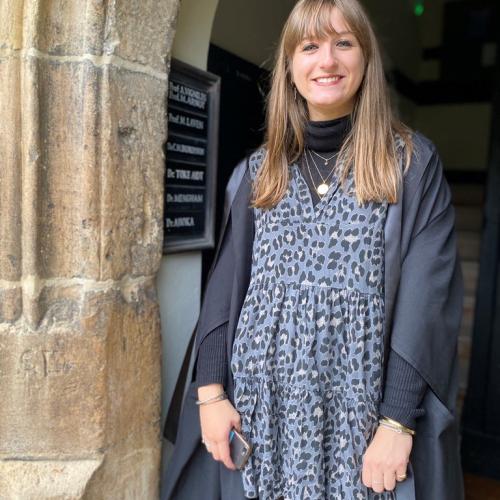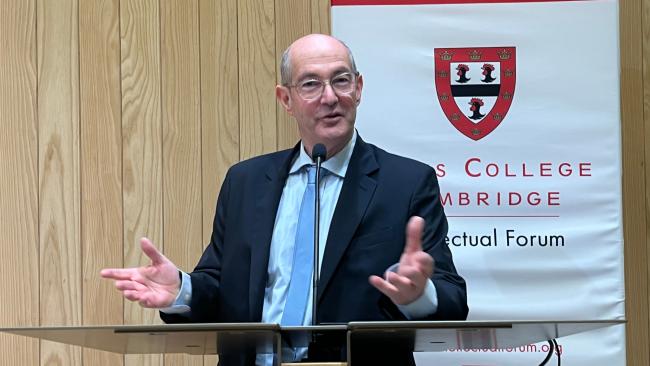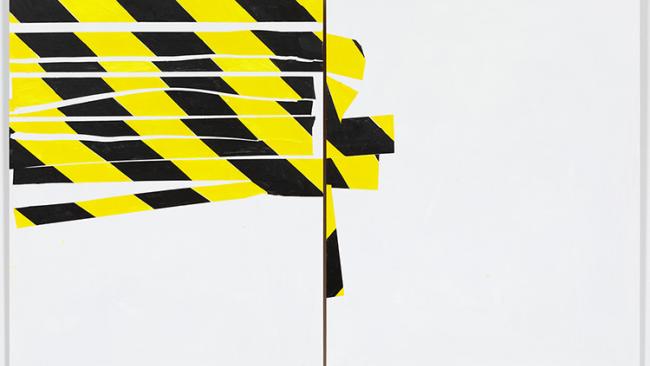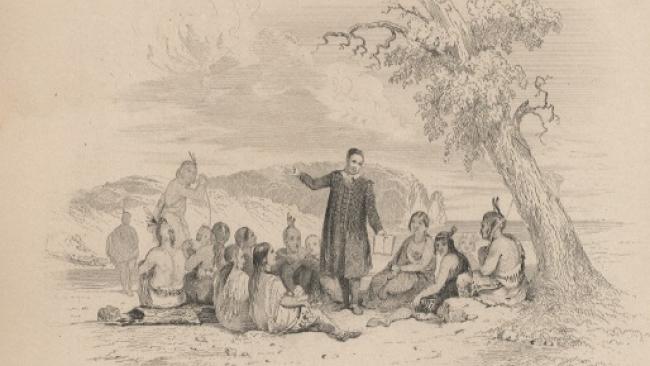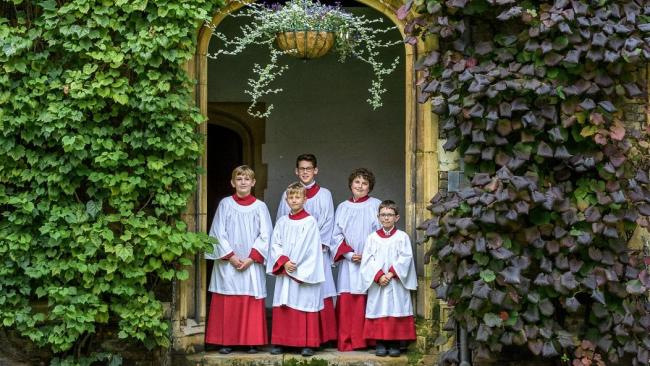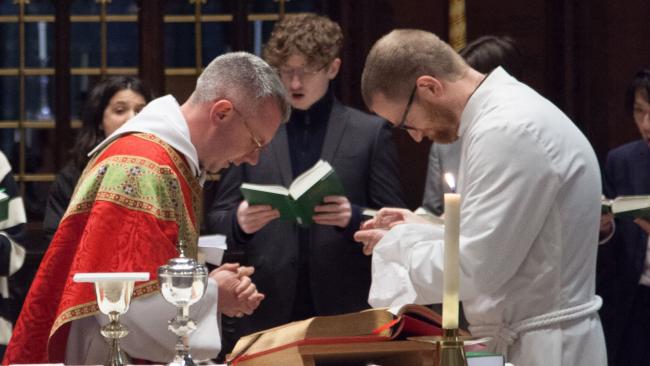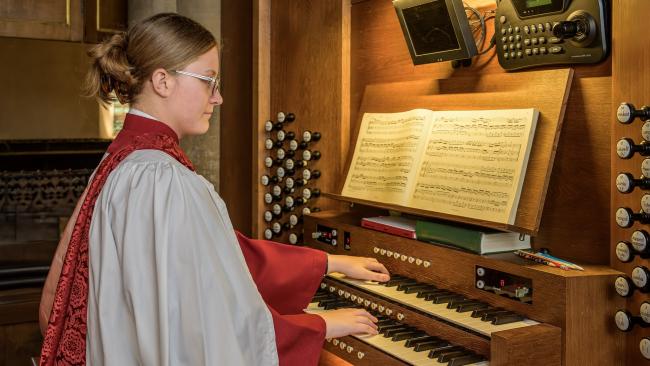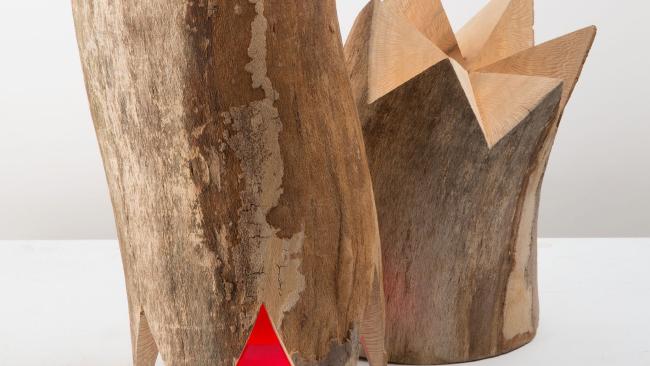
Alison Wilding
Works exhibited: Tooth and Claw, and Aftermath I, II, III, IV
Alison Wilding’s sculpture Melancholia in the Fellows’ Garden of Jesus College is emblematic of her artistic practice and its mode of precisely determined elusiveness and mystery. In the medieval and renaissance theory of bodily humours, melancholy is the humour associated with scholarship, an appropriate choice of subject matter for a sculpture located in a college garden. But the primary association in this instance is more likely to be with Freud’s concept of melancholia as a critical stage in the process of mourning. Melancholia is akin to a state of suspense in which the subject is unable to relinquish their hold on the object of loss, so that mourning remains incomplete. Wilding’s choice of imagery, form and colour supports such a hypothesis. She has affixed a series of ceramic blooms on a cement base – the blooms are naturalistic in form but ashen or funereal in colour. The cement base is given the form of a geometrically precise section of a perfect sphere. The sculpture as a whole thus hesitates between naturalistic representation and formal abstraction; in art-historical terms it hovers in an unresolved state between realism and conceptualism.
A dozen years after Melancholia was installed under the branches of an enormous oriental plane tree, the sculpture’s circular shape echoing the penumbral shade of its foliage, a large branch detached itself from the tree and came crashing to earth. Alison took some of the wood away to serve as the basis of another sculpture, Tooth and Claw, which retains the form of a section of tree branch. The title’s allusion to Tennyson’s epitome of Darwin’s evolutionary imperative (translating the survival of the fittest into ‘nature red in tooth and claw’) is reinforced by the apposition of a red acrylic sphere to the interior of the branch, making it reminiscent of flesh. The tree’s own story of survival began with the transplanting of a seed from the site of the Battle of Thermopylae in Greece, during which the 300 Spartans lost their lives but outlasted their opponents in history and legend. Wilding’s choice of materials (wood, acrylic, language) underlines the cultural rather than the natural basis for evolutionary struggle, played out in a theatrum mundi in which art intervenes in the conflict of meanings. The collective title of the group of works Aftermaths seems to propose that art is what outlasts the experience of life precisely in order to summarize its meanings. The sculptures are the residue of the breath of life, to which they owe their very form. In some respects, all these works are all like melancholy relics of a form of being from which the life has not fully departed.


